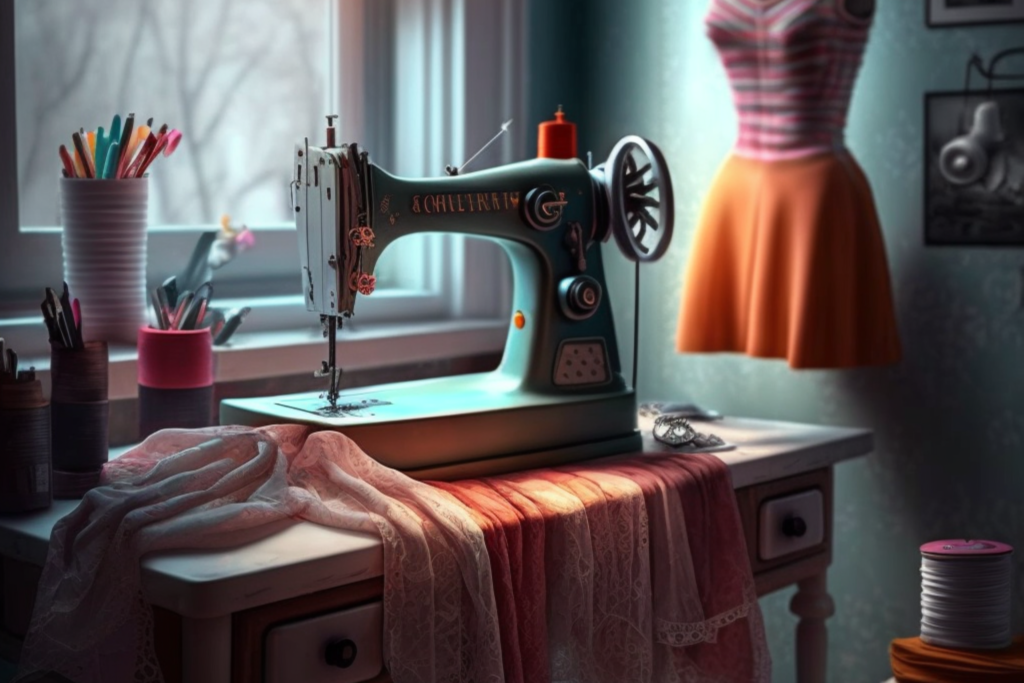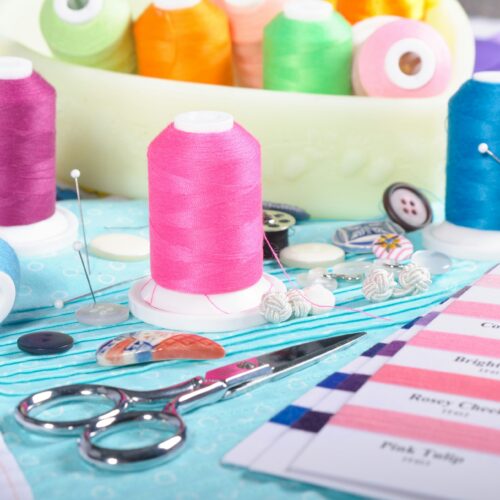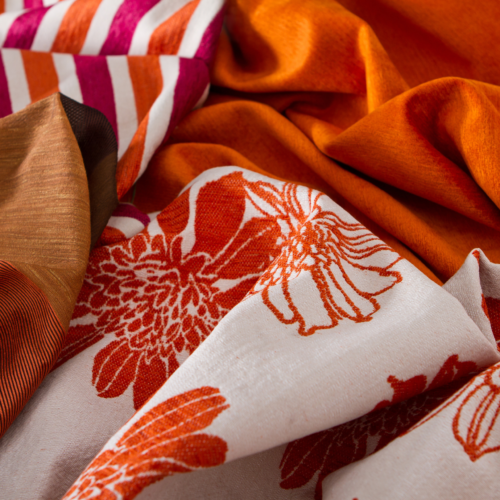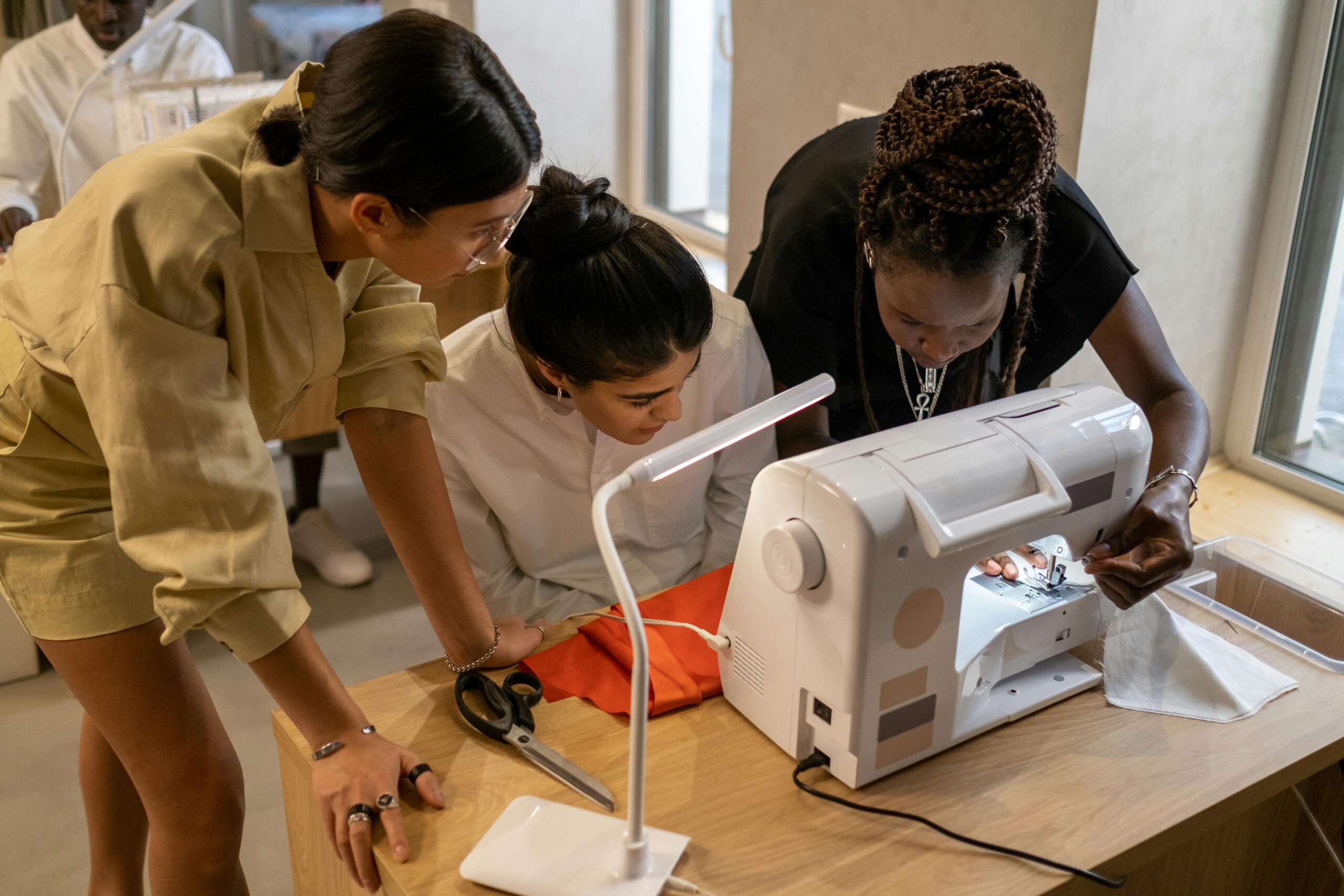
As we find ourselves grappling with the challenges of economic inflation, many individuals are seeking innovative and practical ways to stretch their budgets and adapt to the changing financial landscape. In this moment, the age-old craft of sewing emerges as a powerful tool, not only for creative expression but also as a means of navigating the economic uncertainties brought about by inflation. Beyond personal savings, the cultivation of sewing skills opens avenues for income generation, as alterations, custom creations, and small-scale sewing businesses become viable options. As a versatile and sustainable craft, sewing not only offers financial benefits but also instills a sense of self-sufficiency, creativity, and resilience in the face of economic challenges. Let’s explore how sewing can play a crucial role in fostering financial resilience, promoting sustainable practices, and empowering individuals to weather the storm of rising costs.
Affordability and Customization
One of the primary advantages of sewing in times of inflation is its potential to be a cost-effective alternative to buying new clothing. As the prices of ready-made garments continue to soar, investing in a sewing machine and basic supplies becomes a very smart choice. A prudent approach to obtaining sewing tools involves exploring thrift stores, where hidden gems like second-hand sewing machines, scissors, and other essentials can be uncovered at a fraction of the cost. Garage sales and online marketplaces are also treasure troves for budget-friendly sewing supplies, allowing individuals to acquire quality tools without breaking the bank. By creating your own wardrobe, you not only save money on expensive clothing but also gain the ability to customize your garments to fit perfectly, ensuring a stylish and tailored look without breaking the bank.
Repurposing and Upcycling
In an era where disposable fashion contributes significantly to environmental degradation, sewing offers a sustainable and eco-friendly approach to clothing. Instead of having to spend money on constant purchases, individuals can repurpose and upcycle old or thrifted items. Transforming outdated clothing into trendy, fashionable pieces not only reduces the environmental impact, but also contributes to a more conscious and responsible approach to consumption, while helping your budget. Old jeans can be turned into stylish tote bags, worn out sweaters can find new purpose as cozy blankets, and fabric scraps can be fashioned into intricate quilts. Upcycling not only minimizes textile waste but also results in unique, one-of-a-kind pieces that showcase the beauty of sustainability.
Skill Development for Income Generation
Inflation often brings with it economic uncertainties, and acquiring sewing skills can serve as a practical strategy for generating additional income. Individuals can leverage their newfound or honed sewing skills to offer alterations, custom creations, or even start a small scale sewing business. Offering alteration services is a practical and immediate way for skilled sewists to generate income, catering to individuals seeking customized fits for their clothing. Creating and selling handmade items, whether it be garments, accessories, or home decor, through online platforms or local markets can tap into a broader audience and showcase one’s unique craftsmanship. Additionally, teaching sewing classes, either in person or online, allows experienced sewists to share their expertise while earning a steady income. Freelance sewing projects, such as collaborating with local businesses or designers for small scale productions, offer opportunities for skilled individuals to showcase their talents. This not only provides a supplemental income stream but also opens up opportunities for entrepreneurship and self-employment, empowering individuals to take control of their financial destinies.
DIY Home Decor to Combat Rising Costs
Beyond clothing, the impact of inflation extends to the cost of home decor items. Sewing allows individuals to craft their own home decor, like curtains to throw pillows, reducing the need to purchase expensive furnishings. From handmade quilts and personalized wall hangings to intricately sewn duvet covers, the possibilities for elevating home decor through sewing are endless. Embracing this DIY approach not only allows for cost effective home enhancements but also fosters a sense of accomplishment, as each project becomes a tangible expression of one’s creativity and a reflection of a warm and inviting living space. Emphasizing the multifaceted financial benefits of sewing allows you to create your space exactly the way that you want it while being financially responsible.
Community Building and Resource Sharing
In times of economic strain, community support becomes invaluable. Sewing communities can thrive as hubs for resource sharing, where individuals exchange fabrics, patterns, and sewing tips. Collaborative efforts within these communities can lead to group purchases of materials, reducing individual costs and fostering a sense of unity in navigating the financial challenges posed by inflation. Additionally, considering the option of borrowing or sharing tools within sewing communities also fosters a collaborative and cost-effective approach. only can this be done in your local communities, but in your online communities as well.
Thrifty Fashion Trends
The ever changing landscape of fashion trends can contribute to impulsive and costly purchases. Sewing enthusiasts have the advantage of creating their own interpretations of current fashion trends at a fraction of the cost. By staying informed about the latest styles and incorporating them into self-made garments, individuals can enjoy the satisfaction of being both thrifty and fashion forward. Experimenting with colors, patterns, and silhouettes, the beauty of sewing lies in the ability to customize garments to fit personal preferences, ensuring both comfort and style. From incorporating popular design elements like puff sleeves or statement collars to crafting unique accessories that complement the latest fads, sewing empowers individuals to not just follow but actively participate in the dynamic landscape of fashion trends, fostering a sense of individuality and creativity in every stitch.
In the face of economic distress, navigating inflation with sewing emerges as a versatile and empowering skill with far reaching financial benefits. From reducing the cost of clothing through affordable and customizable creations to fostering sustainable practices through upcycling, the art of sewing offers a practical and accessible means of navigating the challenges of inflation. As individuals develop their sewing skills, they not only gain the ability to enhance their personal wardrobes and living spaces but also contribute to a more resourceful and resilient community. In times of economic uncertainty, the beauty that’s woven through sewing becomes a beacon of creativity, self-reliance, and financial adaptability.


